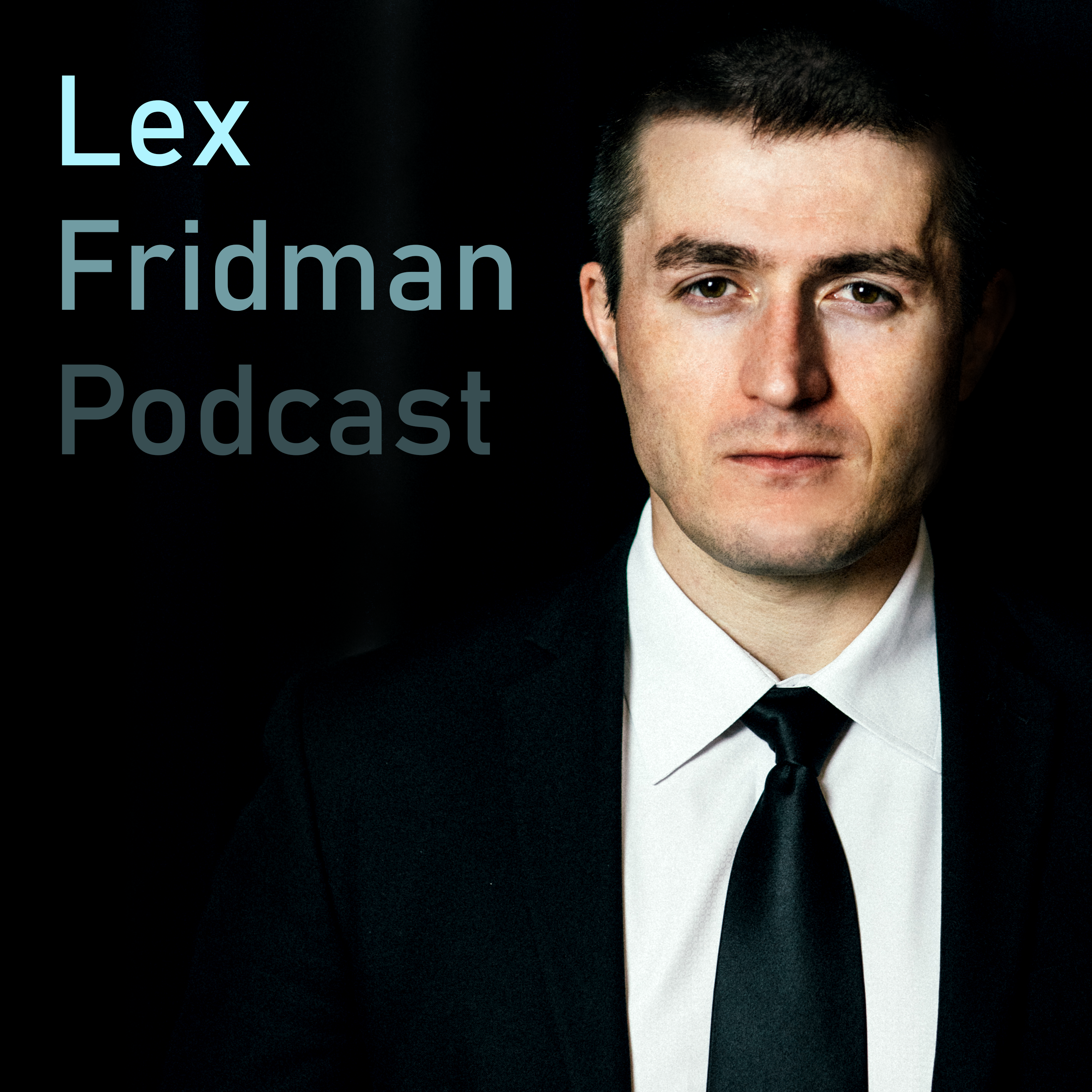Chapter

Understanding Reinforcement Learning
In reinforcement learning, the aim is to optimize some objective by making certain actions more likely and others less likely. The approach involves deep learning and neural networks which were reemerged as powerful mechanisms for machine learning.
Clips
The debate around whether artificial intelligence can have emotions is ongoing, with some arguing that it is possible while others are skeptical.
06:56 - 08:36 (01:39)
Summary
The debate around whether artificial intelligence can have emotions is ongoing, with some arguing that it is possible while others are skeptical. The question remains whether incorporating emotions into AI would enhance or detract from its effectiveness.
ChapterUnderstanding Reinforcement Learning
EpisodePieter Abbeel: Deep Reinforcement Learning
PodcastLex Fridman Podcast
Researchers at OpenAI have developed robots that can perform backflips purely based on human feedback, demonstrating the potential of machine learning and reinforcement learning in robotics.
08:36 - 09:54 (01:18)
Summary
Researchers at OpenAI have developed robots that can perform backflips purely based on human feedback, demonstrating the potential of machine learning and reinforcement learning in robotics.
ChapterUnderstanding Reinforcement Learning
EpisodePieter Abbeel: Deep Reinforcement Learning
PodcastLex Fridman Podcast
The policy gradient algorithm is a type of deep reinforcement learning that updates neural networks to make certain actions more likely than others.
09:54 - 13:07 (03:12)
Summary
The policy gradient algorithm is a type of deep reinforcement learning that updates neural networks to make certain actions more likely than others. This algorithm can be used to create more interactive robots that can eventually figure out what kind of behavior is desirable through trial and error.